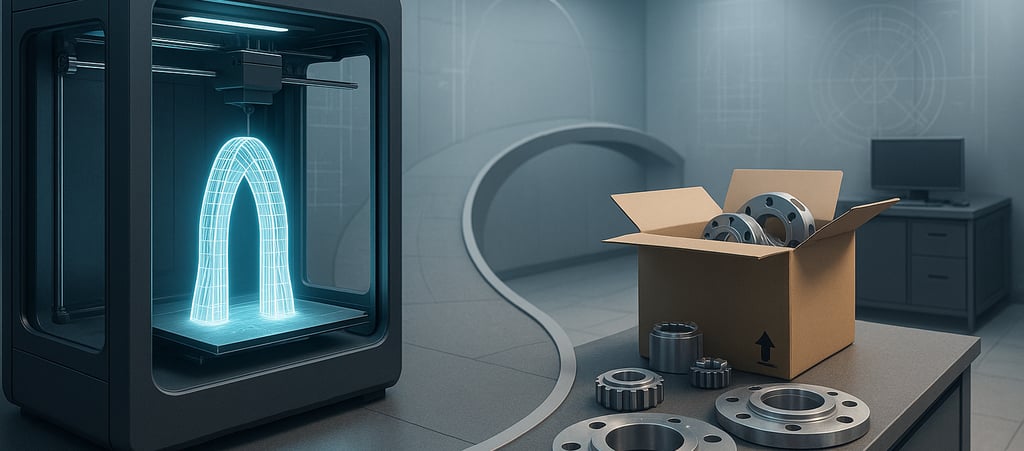From Prototype to Product: The AM Startup Gap
Commercializing AM technologies isn’t just about performance specs—it’s about timing, context, and understanding customer pain points. I break down a few key gaps I see startups struggle with, and how a market-driven development mindset can help close them before capital or credibility runs out.
TECH TO MARKET
Dr. O
7/16/20252 min read


Additive Manufacturing (AM) has always been rich in innovation. Lab breakthroughs, prototype wins, and flashy demo parts often create a buzz, but translating these into scalable, market-ready products is where many startups stall. The so-called “commercialization gap” isn’t just a hurdle of time and money; it’s a disconnect between technical readiness and market fit.
After 15+ years working across startups, R&D labs, and public-private consortia, I’ve seen some clear patterns. Below are three common gaps I see in AM commercialization and how a market-driven approach can help close them before capital or credibility runs out.
1. Tech-First Development Without Customer Fit
Many teams fall in love with their invention and push for perfection before ever talking to a customer. But AM adoption often hinges on real-world constraints such as supply chain needs, certification cycles, workforce readiness, not just performance specs.
⚒️ Fix it: Start customer discovery early. Talk to buyers, not just engineers. Align your development roadmap to their constraints, not your wish list.
2. Missing the Application Context
A material or process may outperform competitors in isolation but fail in the context of actual applications due to cost, print speed, post-processing, or integration friction. This is especially true in sectors like aerospace, medical, and defense.
🛠️ Fix it: Map your offering to a specific, painful use case. Don't sell "a better resin." Sell a solution to ESD-safe housings in tight enclosures, or lightweight tooling that reduces downtime. Positioning matters.
3. Underestimating Go-to-Market Complexity
Even breakthrough tech needs the right GTM strategy. Startups often wait too long to bring in commercial leadership or rely on technical staff to drive sales without the right tools or positioning.
⚒️ Fix it: Invest in strategic marketing early. Build a narrative that ties your product to industry trends and stakeholder ROI. Sales enablement isn’t optional, especially in deep tech.
Closing Thought
Commercializing AM isn’t a linear sprint from TRL 4 to TRL 9. It’s a dance between technology and context, readiness and relevance. The startups that win aren’t always the ones with the best performance specs, they’re the ones that listen early, align fast, and solve problems no one else can.
Let’s talk if you’re navigating this gap. I help emerging and growth-stage AM companies bridge the space between innovation and impact with strategic insights grounded in technical reality.
All content on this blog is original and created in-house. We do not republish or syndicate third-party articles.
